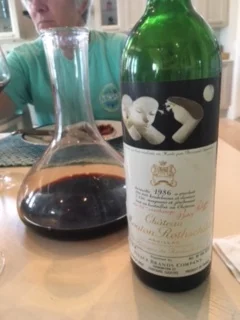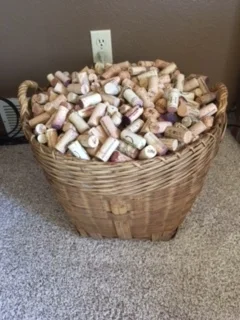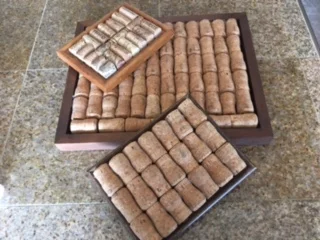There are few wines that have had the meteoric rise of prosecco. Long famous in its native Italy, the sparkling wine could never compete with real champagne or even sparkling cava from Spain. The reason was more about marketing, but it was cost that propelled sales to new heights.
Today prosecco -- made from the glera grape instead of the traditional chardonnay, pinot noir and pinot meunier -- is one of the fastest growing segments of the wine market. It is doing so well, that Australian is trying to compete with a sparkling wine it wants to call "prosecco." That development has lead Italians to protect its hold on the name in negotiations for a free trade deal between Australia and the European Union.
Italy is seeking a Geographic Indicator that would reserve "prosecco" for its country of origin. Champagne has earned that right, although its the name of the region as well as the beverage. Prosecco is a village near Trieste, but today the name is used in nine Italian regions.
This all seems silly to most people, but it means a lot of money to producers. Australian prosecco has boomed just like Italian prosecco.
I remember well similar vociferous battles over the name "chenin blanc," used in France and still in other countries, "burgundy" which was copped by E&J Gallo for a fruity jug wine that didn't even have pinot noir, and "champagne" which eventually was abandoned by sparkling wine producers in the United States.









